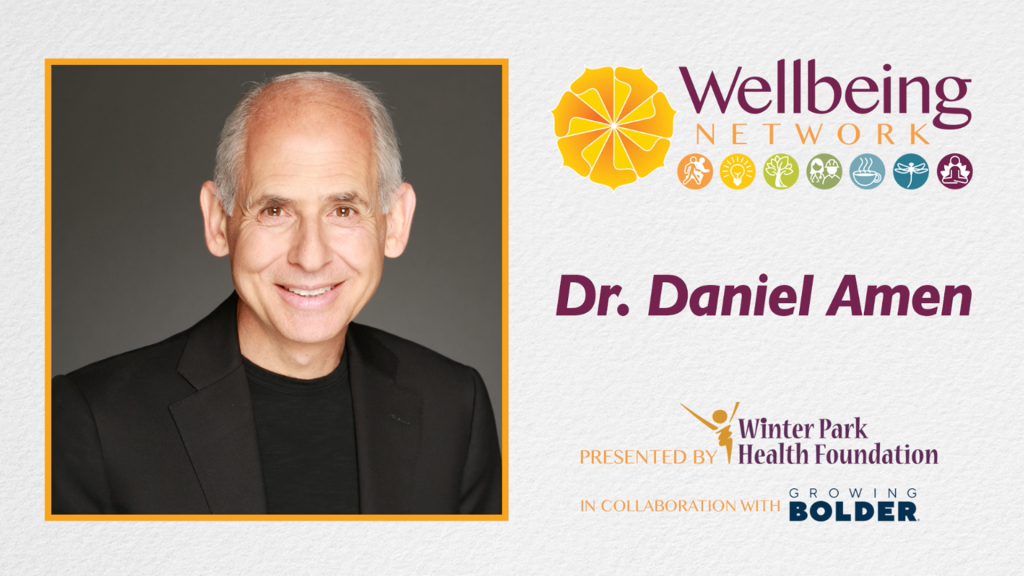Heading Back to the Gym? Tips for Maximizing Recovery Post-Workout
Posted June 30, 2021 | By admin

Heading back to the gym after a long break? In my previous article, The Science of Fitness: A Look at Training Adaptation and What They Mean to Your Workout, we discussed changes in the body that happen after a trip to the gym following an extended absence. In this article, we’ll dive a deeper into the fundamental tools that support proper recovery and the science behind it.
Here’s what you need to know about recovery after your workout:
Why is the Recovery Process Critical?
Recovery is the period that follows your workout. During recovery, you may experience soreness, stiffness, hunger, or fatigue as your muscles are in a catabolic state, i.e. breaking down. This is where you want to minimize the time your body stays in a catabolic state and accelerate the return back to homeostasis.
Although, this recovery period follows your workout, it can be influenced by what you do prior, during, and after exercise. It is important to recover for a couple reasons. First, to continue to progress in your fitness journey. If the body continuously undergoes high volumes of stress then you lack the ability to adapt in training. Second, recovery is needed to reduce the risk of injury and overtraining.
So what are the essentials for your recovery? The Big “Three” – Smart Planning. Sleep. Nutrition — is the combination you need for your fitness journey ahead.
Failure to Plan is Planning to Fail
Smart planning is critical when designing a training program. Make sure that you have at minimum two days of rest between each workout. If excessive training is coupled with inadequate rest, overtraining syndrome is possible. Ways that training becomes excessive is if you increase the volume or intensity too sharply too soon. Volume can be represented by the duration (30 minutes to 1 hour) or frequency (two to five times a week) of a workout. Intensity can be represented by low to moderate intensity like light jogs on the treadmill or a Tai Chi class. High intensity can be represented by sprinting on the treadmill or a Zumba dance class.
Start by thinking of your days of rest first and work around them. If not, you may find yourself teetering towards overtraining syndrome, especially individuals who are motivated to achieve their fitness goals by any means. This syndrome is considered a “continuum of negative adaptations following excessive training and minimal rest.”
You might see a decrease in your workout performance for up to 24 to 36 hours after completion, this called acute fatigue. Acute fatigue is necessary to attain a new fitness baseline. However, excessive or very intense perceived fatigue can lead to “overreaching” or worse – needing a month or more to recover. Signs and symptoms may include a decline in performance, persistent muscle soreness, increased susceptibility to infections, increased incident to injuries, increased negative mood states (depression, irritation, burnout), decreased cognitive function (reaction time, decision making, attention), or a combination of the many.
Catch your zzz’s
A power nap or catching an extra 30 minutes of sleep is by far one of my favorite recovery modalities. Unfortunately, it is also probably the most under-utilized. Work, family and training tend to make it hard to schedule time. But if you neglect the average seven to nine hours of sleep you risk compromising your immune system, which is responsible for fighting off infections and diseases. It comes as no surprise that lack of sleep can negatively impact your cognitive function like a decline in working memory and recall, reduced ability to learn new tasks, or increase in slow response time.
Some common roadblocks to getting a quality sleep cycle include the drinking of coffee or alcohol, use of tablets or phones, or medications like aspirin, pain relievers or cold allergy pills, which contain caffeine.
Thankfully, there are some tricks you can use to maneuver around these roadblocks after a workout session. This may include avoiding food or beverages before sleep, taking 20 to 30 minutes power naps during the day, or changing your sleep environment entirely so that it is dark, quiet, and at a comfortable temperature.
Energy in Versus Energy Out
You can’t accomplish your fitness goals without proper nutrition. A well-balanced diet through grains, protein, dairy, fruits, and vegetables is a necessity. Depending on the goal, energy balance may vary. For instance, someone who would like to gain weight will consume more calories than they expend and vice versa for weight loss. If the goal is weight loss, then a deficit is fundamental but not so much that it compromises immune function, muscle growth, or bone health.
Other key components of nutrition are the consumption of protein and carbohydrates once establishing a well-balanced diet. After an intense workout, the body enters a catabolic state and is sensitive to the effects of protein. When protein is combined with carbohydrates for replenishment, this accelerates recovery. There are a variety of options to get this combination. Beverages and snacks like chocolate milk, protein shakes, trail mix, cheese and crackers, or granola bar are great go-tos immediately following your workout because they are readily available and high in both protein and carbohydrates.
We often overlook the basics and get caught up in Theraguns, saunas, electromagnetic stimulation, or supplements! There are many directions you can take to speed up your recovery. Give these tips a try and you’ll be surprised at the foundation you’ve created with smart planning, quality sleep, and a well-balanced diet.
About the Author

Bri-Ana Johnson is a fitness specialist and personal trainer at the Crosby Wellness Center in Winter Park, FL. She is a graduate of the University of Central Florida (UCF) with a Master of Science degree in Kinesiology. During her tenure at UCF as a teaching associate, she led a personal fitness course for undergraduate students. She has conducted and participated in research for Exercise Science. Her experiences as an athlete and student have driven her to become a certified personal trainer through the National Strength and Conditioning Association. In her leisure, Bri-Ana enjoys being a basketball coach at the middle and high school level.
Take Your Wellbeing a Step Further with These Related Resources from the Wellbeing Network
Learn: The Science of Fitness: A Look at Training Adaptations and What They Mean to Your Workout
Engage: Functional Exercises with Gil
Inspire: Never Stop Moving



